More sheet pan salad benefits
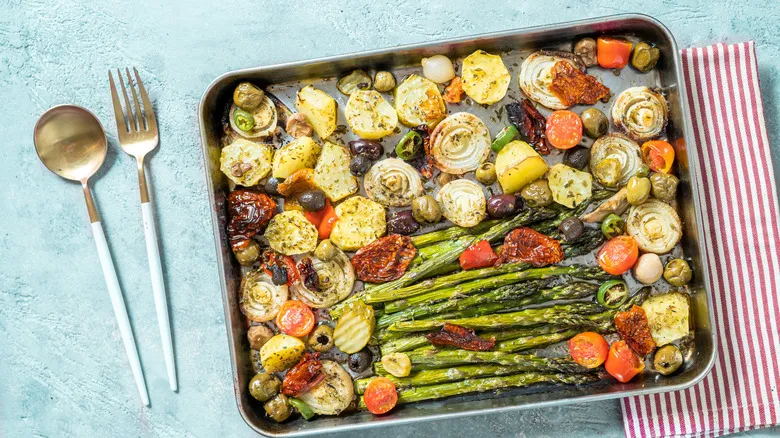
Sheet pans are an ideal tool for preparing and serving salads, and they truly shine when it comes to toasting or roasting toppings. Many delicious salad recipes benefit from pre-roasting vegetables before they make their way into the serving bowl. With this method, you can skip that extra step and avoid the hassle of washing another bowl.
Start by roasting cruciferous vegetables such as Brussels sprouts, kale, green cabbage, cauliflower, or broccoli. Be sure to generously coat the entire pan with olive oil, salt, and pepper (you can also try dry roasting the veggies and adding the oil afterward). Other ingredients that can be roasted but require less time include chickpeas, sweet potatoes, beans, delicata or butternut squash, and alliums like shallots and onions. Layer these ingredients in the oven, finishing with lighter toppings that just need a quick toast, such as pepitas or various nuts and seeds.
Once your ingredients are roasted, take the pan out of the oven. On a warm day, allow your sheet pan salad to cool to room temperature, then chill both the pan and salad before adding the dressing. Finally, incorporate fresh spring and summer herbs like basil or dill, along with other fresh ingredients such as tomatoes or stone fruits. In the fall and winter, a warm, baked salad becomes a versatile staple, so feel free to add your final toppings immediately. Goat and feta cheese taste even better when they absorb the residual warmth from the pan. Regardless of the season, sheet pan salads are a valuable addition to your cooking repertoire.
Recommended
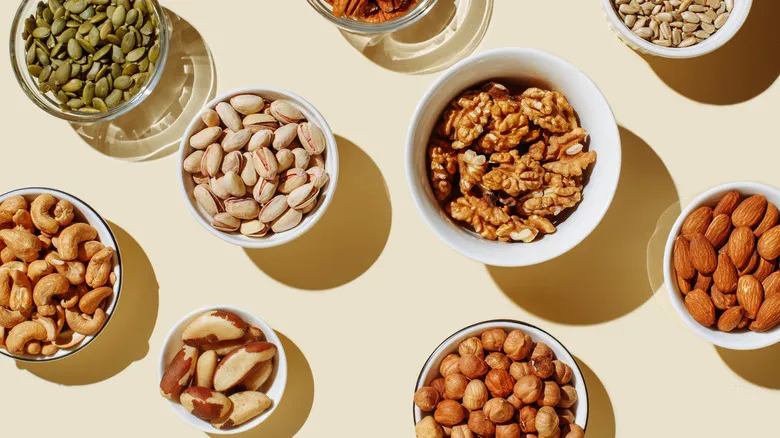
Should You Store Nuts In The Fridge Or Pantry?
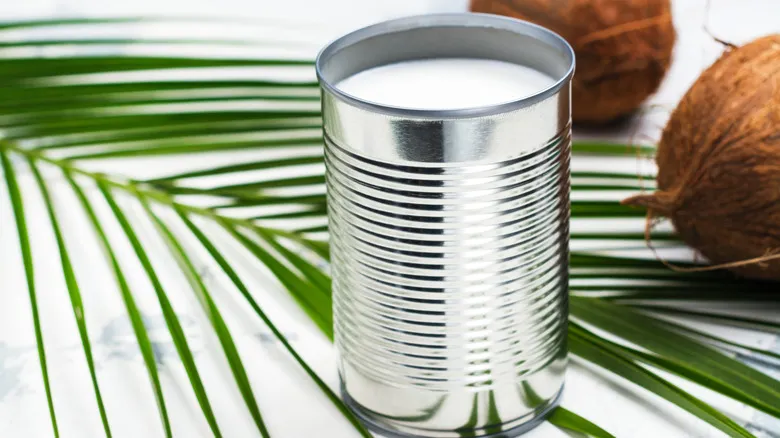
When To Cook With Canned Vs Boxed Coconut Milk
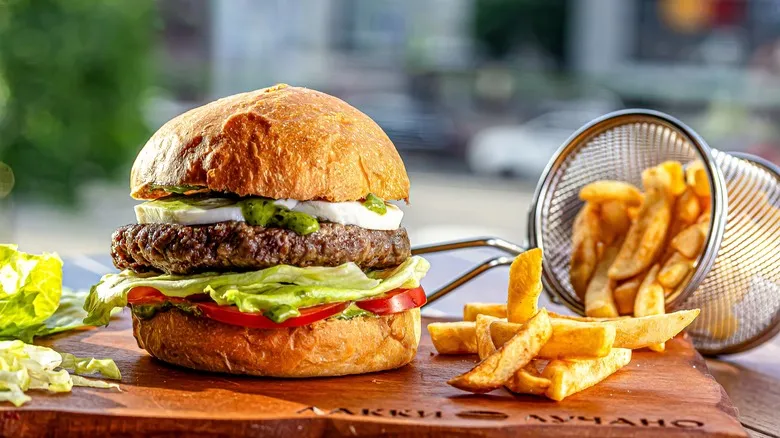
What's The Best Cut Of Meat For Lamb Burgers?
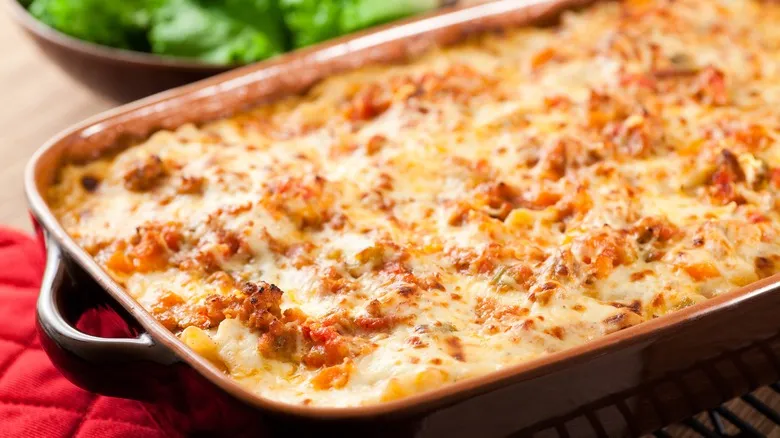
What's The Best Temperature To Cook Lasagna At, Really?
Next up

